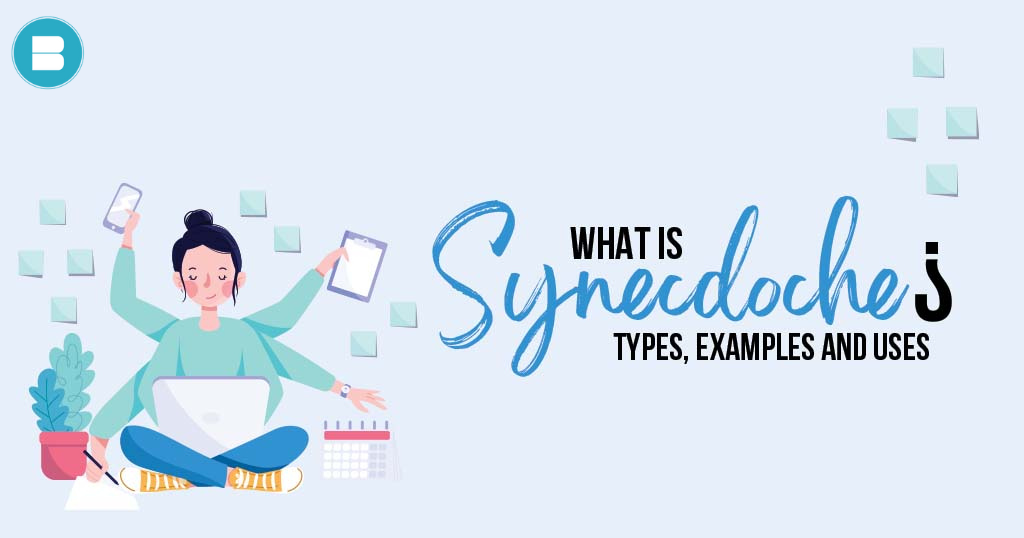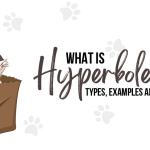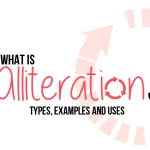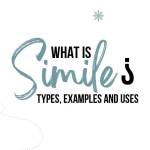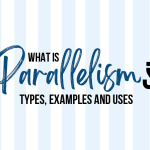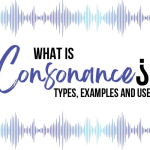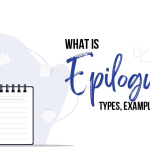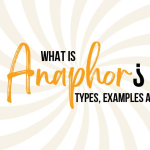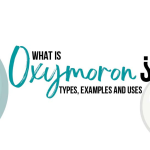We know what basic question you have “What is Synecdoche”. A synecdoche is a figure of speech in which a portion of anything is used to represent the entire thing or vice versa. In fact, it comes from the Greek term synecdoche, which means “simultaneous meaning.”
Synecdoche is a literary device that permits a tiny component of anything to stand in for the bigger whole in a rhetorical sense.
Synecdoche can also function in reverse, with the greater total standing in for a smaller component of something.
Read: Who is Arun Bhatnagar? Background, Writing Career, and much more…
Synecdoche is a device that writers can use to express a phrase or idea in a different way by utilising a characteristic of that word or notion. This allows for expression diversity and creates an effect for the reader.
For example, “The White House said…” when referring to the President or “All hands on deck” when referring to the crew of a ship.
It can also be used in literature, poetry, and other forms of creative writing to convey deeper meaning or symbolism. Majorly, it can be a powerful tool for poets, novelists, and other writers to convey deeper meaning and symbolism in their work.
Difference between Synecdoche and Metonymy.
Synecdoche and metonymy are both figures of speech that involve the use of one word or phrase to refer to another related concept, but they differ in the type of relationship they establish between the two concepts.
Synecdoche is a type of metonymy in which a part of something is used to represent the whole, or the whole is used to represent a part. The relationship between the two concepts is one of inclusion, where the part is included in the whole.
Metonymy, on the other hand, is a figure of speech in which one word or phrase is used to refer to another concept that is closely related to it, but not included in it. The relationship between the two concepts is one of association, where the two concepts are closely associated with each other.
For example, in the phrase “The pen is mightier than the sword,” the word “pen” is used to represent writing and “sword” is used to represent military force.
Here “pen” and “sword” have a close association with writing and military force respectively, but are not included in it. This is an example of metonymy.
On the other hand, in the phrase “All hands on deck,” “hands” is used to represent the crew of the ship. Here “hands” are included in the crew, and this is an example of synecdoche.
In summary, synecdoche is a specific type of metonymy where a part is used to represent the whole, or the whole is used to represent a part. While metonymy is a more general term that refers to the use of one word or phrase to refer to another concept that is closely related to it, but not included in it.
You may also like: Where the Red Fern Grows: Book Summary & Themes
You may also read: Left Behind Series Books in Order: Where to Begin
What is Synecdoche? Types of Synecdoche.
- Part for Whole: Part for Whole Synecdoche is a type of synecdoche where a part of an object or entity is used to represent the entire object or entity. This type of synecdoche is used to create a more vivid or memorable image and to convey a sense of scale.
For example, “The wheels are turning” meaning the car is moving.” All hands on deck” means the entire crew of a ship. - Whole for Part: Whole for Part Synecdoche is a type of synecdoche where the whole of an object or entity is used to represent one of its parts. This type of synecdoche is used to create a more vivid or memorable image and to convey a sense of scale.
For example, “The press” refers to journalists.
“The bench” refers to the judges. - Container for Contents: Container for Contents Synecdoche is a type of synecdoche where the container of an object is used to refer to the contents of the object.
For example, “A bottle” refers to the drink inside.
“A jar” refers to the food or other item inside. - Object for Characteristic: Object for Characteristic Synecdoche is a type of synecdoche where an object is used to refer to a characteristic or an idea that it represents.
For example, “A gavel” refers to justice.
“A pen” refers to writing. - Characteristic for Object: Characteristic for Object Synecdoche is a type of synecdoche where a characteristic of an object is used to refer to the object itself.
For example, “The scalpel” refers to a surgeon.
“The microphone” refers to a singer. - Genus for Species: Genus for Species Synecdoche is a type of synecdoche where a genus is used to refer to a specific species.
For example, “The avian” refers to a specific kind of bird such as an eagle, a parrot, or a swan.
“The bovine” refers to a specific kind of cow such as a bull, a steer, or a calf. - Species for Genus: Species for Genus Synecdoche is a type of synecdoche where a species is used to refer to a genus or a group of similar species.
For example, “A maple” refers to all trees.
“A shark” refers to all fish.
Synecdoche can be a subtle and nuanced form of figurative language, and there may be overlap between the different types.
In conclusion, Synecdoche is a literary device that allows us to give human characteristics to inanimate objects, imbuing them with new meanings and making them more relatable to audiences.
It is often used in political contexts, such as referring to countries and organizations as having a footing or in the wrong hands.
Read: List of 10 best book clubs in Mumbai that everyone should visit.
Synecdoche is a powerful tool that can bring depth and meaning to complex concepts and ideas, making them more memorable and impactful. Understanding and utilizing Synecdoche can greatly enhance one’s ability to communicate and convey ideas effectively.

